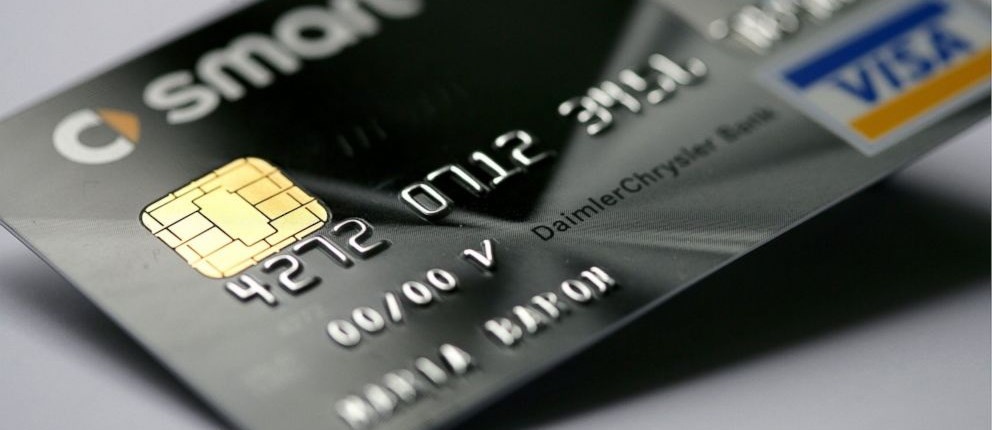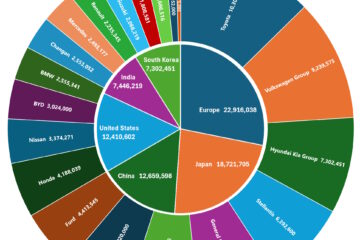Credit cards are a relatively recent invention, but consumer credit has existed for a long time. The convenience of noncash payments brought about by technological advancements can be attributed in part to the rise in credit card use.
The EMV chip, near-field communication (NFC), and application program interfaces (APIs) are just a few of the technological advancements that have made credit cards and digital payments the preferred payment method for people over the past 60 years.
Technologies that sparked the credit card issuance
Let us now find out the 7 technologies that sparked the revolution of credit card issuance and a spike in their usage:
The Use of Chips
You may have received a credit card or debit card with a microcomputer chip. The magnetic stripe was replaced with the EMV (Europay, MasterCard, and Visa) chip, whose function is to encrypt card transactions. While the EMV chip assigns a one-time unique code to each of your transactions, the magnetic stripe transmits your card number without encryption.

Biometrics
Biometrics is a technology that records and examines your biological traits to authenticate you. Though frequently appearing in movies as a futuristic feature, it is a common practice in contemporary life.
Your fingerprint is turned into an encrypted digital template when you register the card with your bank. Later, when you pay for an item in a store, you insert your card into the retailer’s terminal and scan your fingerprint against a sensor to confirm your identity. If everything goes as planned, your transaction will be approved. In a nutshell, it’s similar to the fingerprint-unlocking technology used by smartphones.
Authentication with many factors
One may refer to multi-factor authentication as the “all-in-one” solution for protecting card payments. To complete a transaction, you must first authenticate as a user using a few different credentials, such as password, tokenization, and biometrics.
Variable CVV
Debit and credit cards contain a three to four-digit number known as the CVV (Card Verification Value). It has typically been constant and static. However, a few businesses have recently begun to investigate how to make this security code update at predetermined intervals.
Tokenization
Credit card numbers are converted into a code of numbers and letters that payment processors can quickly decode and associate with a specific account or transaction in this method. As a result, card numbers will be much less likely to be stolen, and transactions will be much safer.
An RFID card
Contactless credit and debit cards use RFID (radio-frequency identification) to make secure purchases. These cards, such as MasterCard’s PayPass and Visa’s PayWave, enable cardholders to conduct transactions by waving the cards in front of a contactless payment terminal.
A contactless transaction’s maximum purchase limit is between 50 and 100 dollars because the cardholder is not required to input their PIN. This payment process is quicker, more practical, and safer. You can use iSelect credit card compare to get the best credit card for you with RFID.
Mobile Wallets
Mobile wallets utilize contactless payment, just as the other technique mentioned above. Mobile wallet apps can connect your mobile device’s secure credit card information to the associated payment terminal using NFC (near-field communication) technology.
Final Words
Several technical advancements in the field of the credit card can increase security and speed up the overall payment procedure overall. While some of these techniques are straightforward, others are more difficult to grasp. However, we need more cutting-edge solutions to keep us safe online while using credit cards because hackers are becoming smarter by the day, and new technologies are constantly being developed.
All these technologies mentioned above help to make our credit card transactions safer.



0 Comments